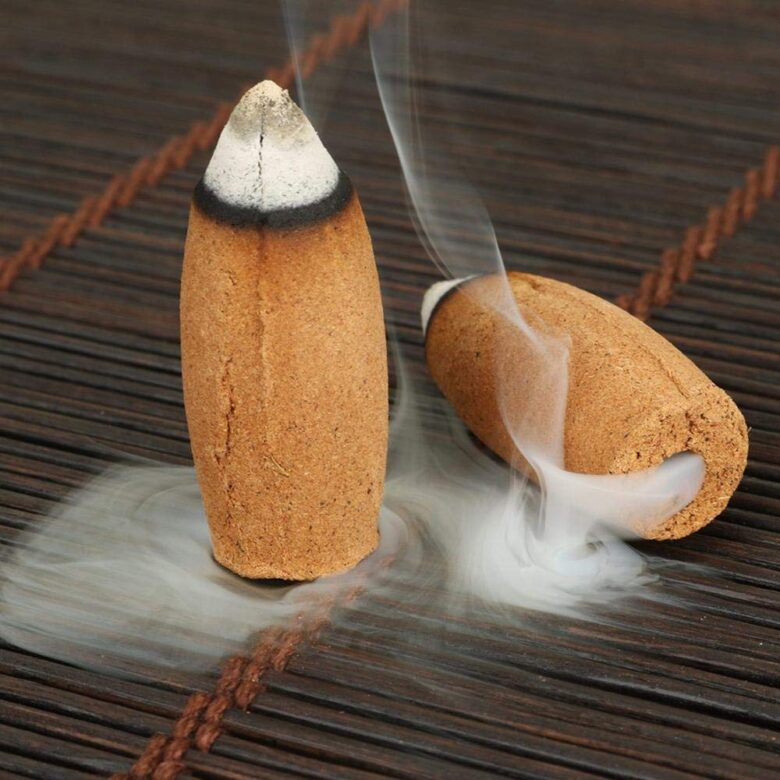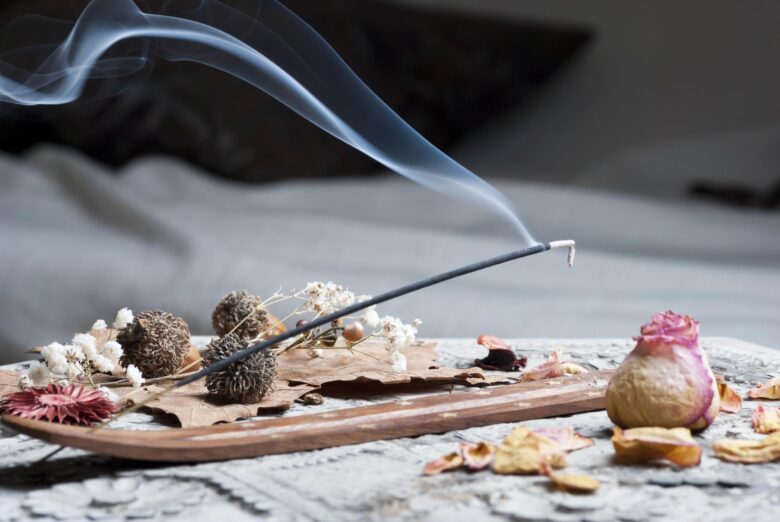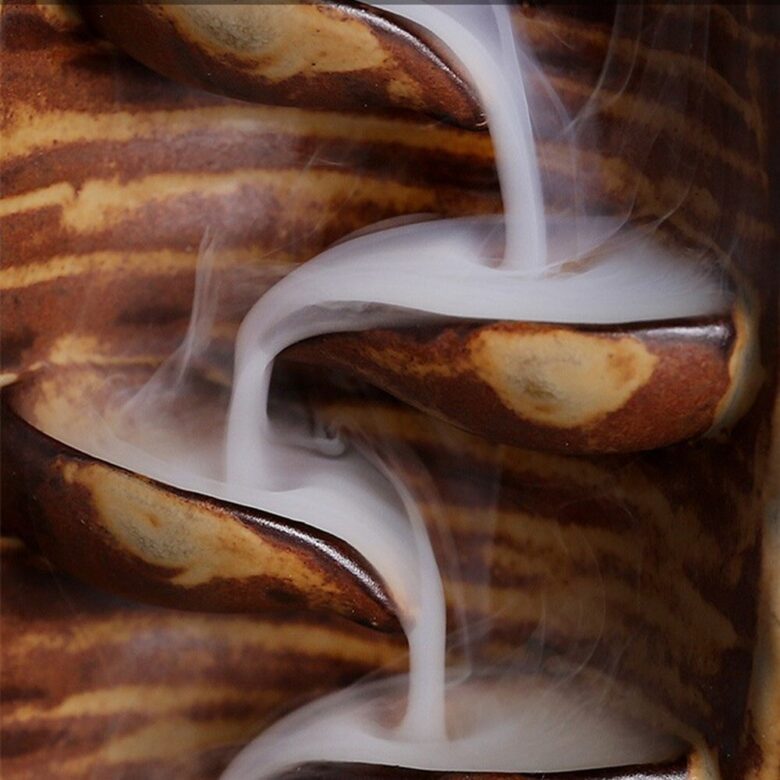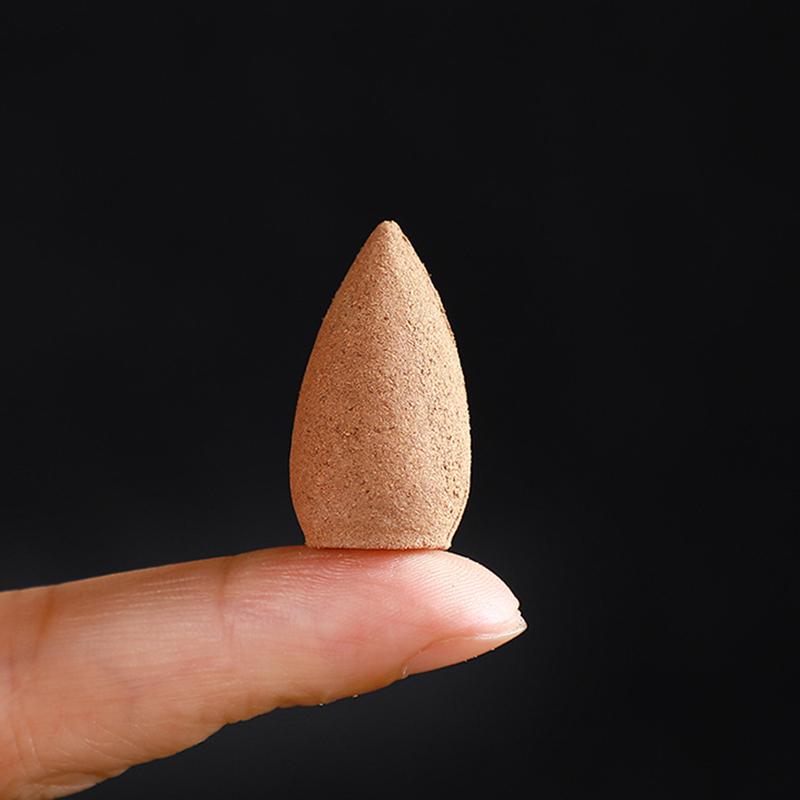When it comes to burning incense, there’s a growing number of people concerned about the chemicals that are being inhaled into their lungs.
A reader recently sent us this question: “I love backflow incense and I love the smell. But what do you think about it being a bad thing for the lungs?” As much as you may not want to admit it, you’re probably a bit skeptical about backflow incense. So, let’s clear things up. First of all, backflow incense is not made from synthetic scents. The company that produces backflow incense has actually spent millions of dollars on research and development to ensure the cleanest, purest, safest, and most enjoyable experience possible. In fact, the company spends a large amount of time and money each year in laboratory testing to make sure that its products are safe. That said, if you’re a regular user of backflow incense, you may wonder whether there could be some type of risk associated with using backflow incense. Could there be an issue with your health?
Before that, let’s understand what backflow incense is.

Source: HemIncense.com
Contents
1. What is Backflow Incense?
Backflow incense is a mixture of various scents, essential oils and herbs that have a profound relaxing effect on the human nervous system. It will have backflow or waterfall effect when used with backflow incense burner (whhat you can buy from https://www.incenseburn.com).
Backflow incense can be used to relax the mind and body, relieve stress, increase productivity, and promote creativity. The best part about this natural blend of natural ingredients is that it’s 100% safe for all ages and allergies. Backflow incense may cause an unpleasant scent in people who have asthma or other respiratory problems.
2. What Happens When Backflow Incense is Burned?
There are three things that happen when you burn incense. Burning incense releases volatile compounds into the air that have a relaxing effect on people. The smoke itself, containing scents like vanilla, bergamot, and sandalwood, is intended to help calm the mind and relax the senses. The second thing that happens when you burn incense is the scent releases. All of those smells, along with the aromatic smoke, is absorbed by the air and dispersed throughout the room. Finally, when you burn incense, you’re releasing some of those volatile compounds into the air.

Source: Walmart.com
3. Is Backflow Incense Bad For Your Health?
According to the article from the Huffington Post, there’s mounting evidence that the scents emitted by incense can be potentially harmful to our health. Many people rely on incense as an alternative to smoking cigarettes. It’s said that the smoke of these aromatic substances could carry carcinogenic compounds. But is it true? According to scientists, incense smoke can actually cause cancer and even asthma in smokers and non-smokers. And if the effects of the substance are not immediate, it could also pose long-term threats.
4. Can Backflow Incense Damage your Lungs?
Many people enjoy the scent of burning incense. However, it’s been linked to lung inflammation and heart problems. Some experts believe that the smoke from the burning material is inhaled into the lungs. Other studies suggest that the chemicals used to burn incense stay in the air and stick to dust particles and hair. Regardless of the mechanism, the chemicals in the smoke can irritate the respiratory system.
When you’re in an area where there’s smoke, you’re more likely to have a cough and chest pain. Burning incense irritates the lungs. Backflow cigarettes contain chemicals such as carbon monoxide and sulfur dioxide. The chemicals are thought to have harmful effects on the lungs when inhaled, but this has not been sufficiently tested to conclude an effect on people without lung problems.

Source: AliExpress.com
5. Can Backflow Incense cause asthma?
Some backflow incense contains irritants as well as carcinogens. This can lead to respiratory infections such as asthma. A study of asthma, asthma symptoms and incense burning in schoolchildren found a link between incense burning, asthma and symptoms such as breathing difficulties.
If you are going to burn incense, make sure that you buy only the safest incense available. You can find the best brands of incense at your local stores or online. Always check the label to make sure that the product doesn’t contain any hazardous ingredients. Many incenses are mixed with toxic materials, such as creosote, which is used in road paving. This material can cause lung problems when inhaled.
6. Is Backflow Incense Good for children?
While many of us would assume that backflow incense is toxic to kids, there is a growing body of research that suggests otherwise. In fact, several studies conducted over the past decade indicate that people who inhale incense can get as much as half the amount of smoke into their lungs compared to regular smokers. It doesn’t appear that the smell of burning incense is inherently dangerous to a child’s health, but if you’re worried about a particular individual, keep an eye on what he or she is doing.
When backflow incense is burned properly and the heat generated by the burning wood isn’t too high, then there will be no dangerous chemicals emitted, but instead just aromatic smoke. It’s when you burn it in the wrong conditions (too much heat) that there can be harmful gases released. This article so discusses the health risks of backflow incense, and it’s a good one. Backflow Incense is actually a very simple process, you can read all about it here.

Source: Joom.com
Conclusion:
In conclusion, a little bit goes a long way when it comes to herbs. Don’t overdo it on your health regimen; it’s best to take herbs under supervision, or in very small doses. Backflow Incense is good for beginners who want to try a healthier alternative to traditional incense. This organic incense does not require charcoal, and the herbs are organically grown. The scent is a rich mixture of cinnamon, nutmeg, vanilla, sandalwood, ginger, orange, peppermint, and patchouli, and there’s a hint of citrus. There are no harmful chemicals or additives. However, there are some cautions to be aware of. Like any herb, if you consume too much backflow incense, you may experience a stronger effect than intended. Also, it’s recommended that you use it sparingly, at least once a month.
